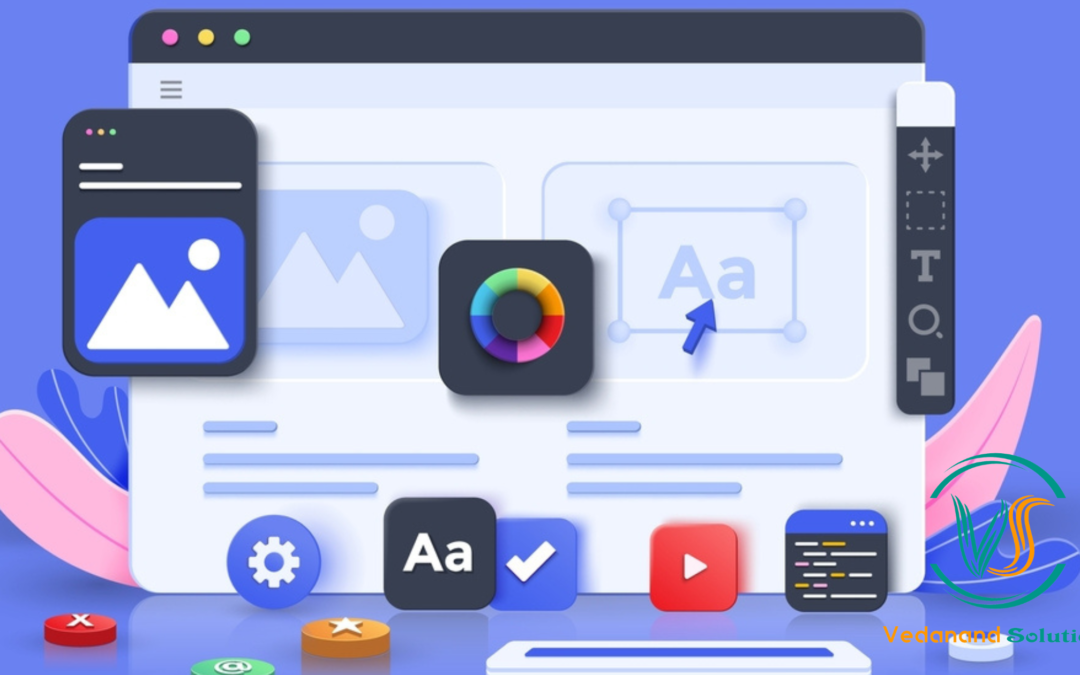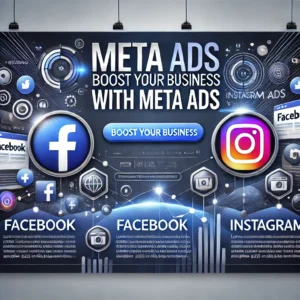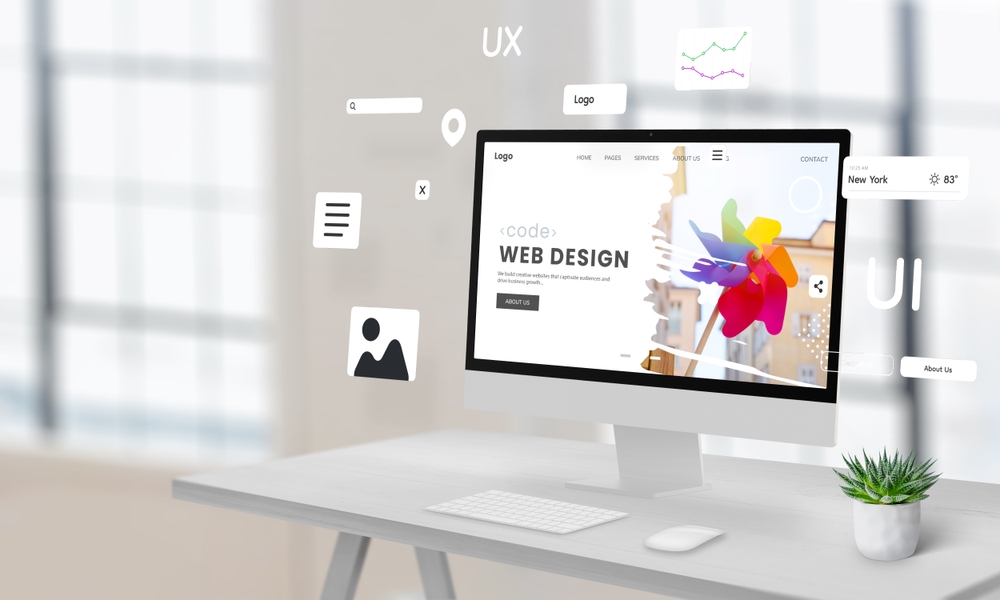A dynamic field known as web design brings together art and usefulness. The use of web design banners is a critical area within this domain. These visual elements are very important as far as user attention is concerned, message delivery and improved user experience are concerned. The relationship between banners and websites has been explored in this article by looking at its significance, various types, and design principles among other aspects.
The Importance of Web Design Banners
Capturing User Attention
Attention is very scarce nowadays because technology has made us so used to it, however, banner designs on websites act as eye-catchers thereby drawing users into them immediately. If done perfectly enough by covering other pages with it, a good banner design might as well reduce bounce rate by compelling visitors to continue browsing through the website or clicking on different links; such well-designed banners are capable of keeping such clients glued to that particular website for more than one minute or even less than an hour (Before Such one-hour ends). One of the benefits of having such a promotional advert may be increasing sales revenue through impulse buying among other things. For instance, there could be an e-commerce store that has an appealing banner that advertises a time-limited sale. This however would make visitors start their tour on various other products available before reaching out for these in turn making purchases too as opposed to just looking at this one product only.” “In the digital age, attention spans are fleeting. Web design banners serve as visual hooks that capture.
Conveying Key Messages
Banners are powerful tools for communicating important messages briefly. Candidate students easily access vital information about admission deadlines on a university web page, for example.”Moreover, be it promo, announcement or brand story, a banner conveys the message in no time.”
Enhancing Brand Identity
Brands can benefit from banners that are well-made and consistent because they help to enhance the brand. This consistency is enhanced when brand colours, logos and taglines are used in banners, thus making it easier for customers to know what kind of things they should expect on a particular site. It is worth thinking about how minimalist but striking banners by Apple, for example, are consistent with their clean, cutting-edge image.
Improving User Experience
Good Banners give a seamless user experience. They direct users, provide the needed information and improve ease of access. For instance, an online newspaper can use banners to partition content into different categories so that readers can quickly and easily get articles of their interest.
Types of Web Design Banners
Static Banners
Static banners are indeed the simplest form that entails only one photo mixed with some text. These kinds of banners are not necessarily challenging to come up with hence enabling one to use them for various purposes due to their faster loading speed. For instance, to draw the attention of readers immediately websites implement them as headers featuring the latest posts as seen in most blogs.
Animated Banners
Adding animations to banners makes them more unique because these are visually more magnificent. Such could be GIFs or HTML5 animations. For example, one way a fashion retailer can market diverse fits is through the utilization of an animated banner that lures viewers because of its high-energy allure.
Interactive Banners
Interactive banners seek to elicit user engagement and hence increase involvement Interactive banners may have certain sections that could be clicked on and filled with fields for filling out things like surveys or even quizzes. For example, a travel website could use an interactive banner where travelers key in where they want to go creating their personalized experience with such a website from the word go.
Responsive Banners
Responsive banners adjust according to different screen sizes making sure that they appeal well on every device. This is very important in a contemporary world of numerous gadgets and tools like PCs, smartphones, etcetera: An instant like an e-school may utilize responsive banners to ensure that their adverts have a similar impact whether viewed on computers, iPads or iPhones.
Design Principles for Effective Banners
Clarity and Simplicity
Users may become overwhelmed by a messy banner and hence compromise the essence of the information contained in it. The main thing is to keep it clear and simple. A good banner should be brief and at the same time clear in terms of image, while it should have a direct call to action (CTA). An example here is when a charity has a banner that is simple though with a strong picture,” Donate now” for people to make donations to improve their living standards.
Consistent Branding
Creating the same look and feel in banners is important for making the audience remember brand names better. Incorporate unique colour schemes, typography, and visual insignia into your banners. Just consider Coca-Cola; their banners are easily identifiable using a common red shade and iconic logo.
Visual Hierarchy
Effective banners guide the viewer’s eye by using visual hierarchy. Most important elements, such as the CTA, should stand out with contrasting colours or greater fonts. A case in point is a subscription service that uses a bold CTA button on its banner to drive sign-ups.
High-Quality Images
Professional-looking banners deprecate blurry or pixelated images; thus, they must have high-quality images. For example, a photography portfolio website aimed to display the skills of a photographer effectively should use sharp images that are of high resolution in its banners.
The Relationship Between Banners and Websites
Integrating Banners Seamlessly
When it comes to banners immersed in the general look of the site they should without doubt match cosmetically complement the site. As an example, for a corporate site banners that make part of it should be what blends with its professional theme to provide coordination in appearance.
Guiding User Navigation
Direction of user navigation is one of the main functions of web banners. It may be used to point out important sections or new features. Take for example an apps development company that uses banners for case studies or customers’ feedback provision in a bid to enhance its reputation and the trust of its clients.
Boosting Conversion Rates
Banners are vital tools for improving website performance—however, their strategic layout will influence how they drive user behaviour. For instance, if a virtual store uses them to advertise seasonal discounts, its sales will shoot up during the promotion period.
Enhancing Content Visibility
Introducing banners to the audience is one way through which they can see important things. They can be used to direct people’s eyes to fresh blog posts, products or announcements. For instance, a platform that streams music online may employ banners as a way of updating its users on any recent releases or content found nowhere else but here, thus making them stick around always in search of more.
Conclusion
Design banners are web not mere decorations, you know; they influence the way people engage in your website as well as your brand’s appearance online, and in turn increase the rates in which browsers are converted to buyers. This can be done if one knows what types of banners exist; one follows certain rules when designing them; making them part and parcel of a website leading to an improved and more efficient online presence.
Whether operating an e-commerce site, corporate website or personal blog, you can improve customer experience and increase profits by utilizing web design banners.





